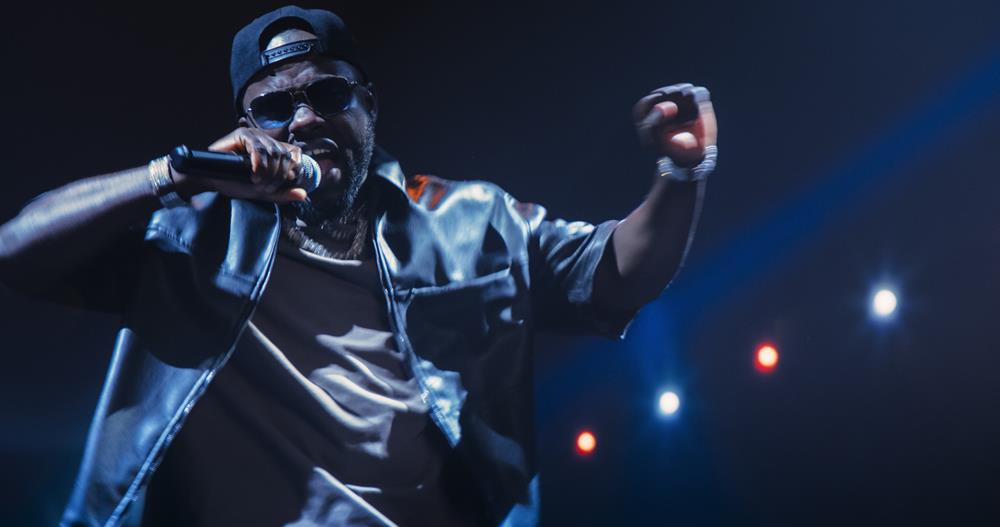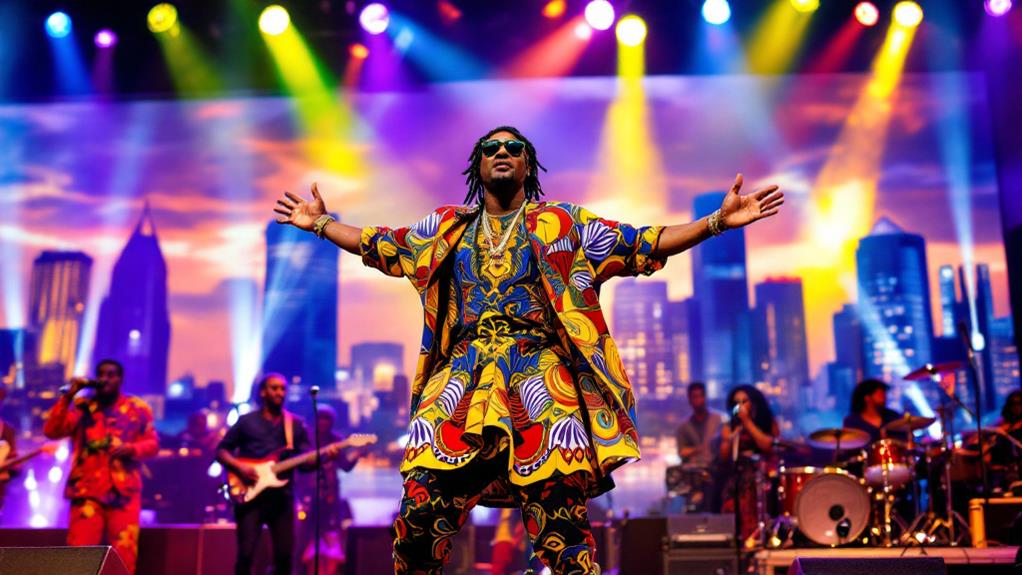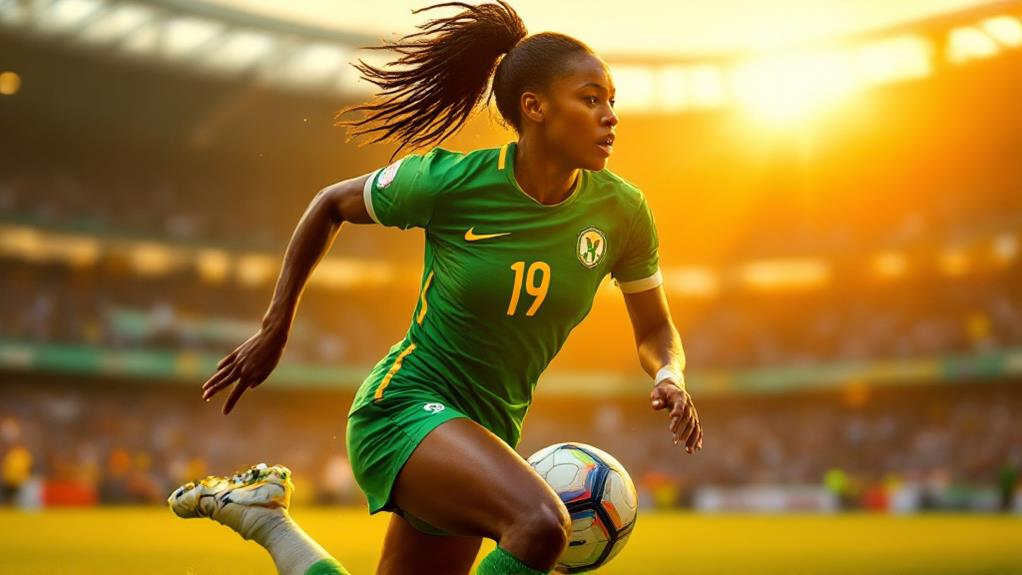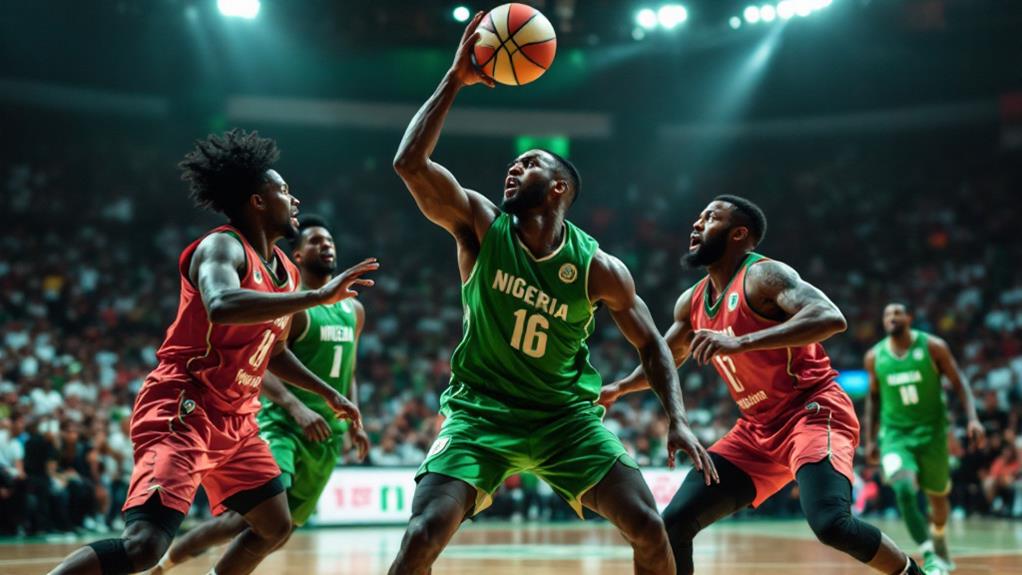Austin’s Rap and Hip-Hop Scene: Rising Stars to Know

Austin's hip-hop scene blends tradition with fresh sounds, moving well beyond the city's country-western stereotype. You'll find rising artists like J Soulja drawing on statewide influences (including Houston), while genre-benders such as JaRon Marshall and Pedal Steel Noah fold jazz and unconventional instrumentation into rap sets.
Local venues like The Mohawk and the (former) Mercury's weekly Hip-Hop Hump Day helped showcase talent regularly. The city's emphasis on lyricism, collaboration, and community often distinguishes it from Houston's harder-edged mainstream. Discover how this vibrant ecosystem keeps evolving.
The Evolution of Austin's Hip-Hop Identity
While the Bronx birthed hip-hop in the late 1970s, Austin's own scene took shape in the 1980s–90s, fighting for space in a city better known for guitar bars. Pioneers including Bavu Blakes, Mirage (Mirage512), and Tee Double built weekly platforms—most famously Hip-Hop Hump Day at the Mercury on 4th Street—that gave local MCs dependable stages.
College radio, zines, and early blogs gradually amplified the culture, and by the 2000s Austin rap began appearing on larger festival bills. Unlike Houston's mainstream wave, Austin carved out an identity centered on bars, live musicianship, and grassroots organizing.
That Mexican OT: Houston's Influence on the Capital City
Houston's sonic footprint—chopped-and-screwed, independent hustle, and mixtape culture—flows steadily up I-10. Austin rappers like J Soulja nod to icons such as Z-Ro and Chamillionaire, and the business blueprint (DIY labels, brand collabs, and showcase circuits) helped shape events like The Smoke Out and the Weird City Hip-Hop Festival.
The exchange runs both ways: Austin's live-band culture and indie ethos inform collaborations, while artist entrepreneurship keeps careers sustainable without chasing major-label formulas.
Breaking Boundaries: Genre-Blending Artists Reshaping the Scene
Austin rewards experimentation. JaRon Marshall (of Khruangbin's touring band) merges jazz, soul, and hip-hop in producer-driven sets; Sly5thAve bridges orchestral ideas with beat-craft; and Pedal Steel Noah threads pedal-steel textures through boom-bap and trap.
On the DJ side, locals like Chorizo Funk and DJ Shani blend Afrobeats, cumbia, and classic hip-hop in club nights and day parties. Regional voices such as Wes Denzel continue to expand the catalog with concept-forward projects—proof that Austin's "fusion first" instinct creates immersive live shows that don't fit neat categories.
The Digital Revolution: How Streaming Shapes Austin's Rap Culture
Streaming flattened geography, and Austin artists leaned in. Acts leverage Spotify for Artists, YouTube, and TikTok to identify fan pockets, seed snippets, and route tours. Curated playlists place locals beside national names, while Discords, newsletters, and IG Lives keep communities engaged between shows.
Latin and global sounds that flourish on streaming often feed directly into Austin productions. The through-line: data-informed releases plus relentless content—without sacrificing authenticity—extend Austin rap well beyond city limits.
From Underground to Mainstream: Venues Nurturing Local Talent
Four venue lanes power the pipeline:
- Anchor rooms (e.g., Mohawk, Empire Control Room & Garage, Scoot Inn) slot locals with touring acts and festival aftershows.
- Weekly/recurring nights (descended from Hip-Hop Hump Day at the Mercury) keep reps up for developing artists.
- East-side courtyards and pop-ups foster intimate cyphers, producer showcases, and live-band sets.
- Historic spots (the former Back Room, Black Cat Lounge) laid groundwork for today's bookings.
Curators like Dominican Jay and Kydd Jones connect those rooms so newcomers can move from open-mics to festival stages without leaving the city ecosystem.
Beyond Texas: National Acts Building Austin Followings
Austin's calendar pulls steady rap traffic—Stubb's, Emo's, Mohawk, Scoot Inn, and Germania Insurance Amphitheater host everyone from underground lyricists to arena names. SXSW remains a key accelerator, pairing national performers with local openers and industry audiences.
Tiered ticketing—from club-show prices to premium amphitheater seats—lets fans engage at any level, while collab sets and pop-up parties regularly pair touring artists with Austin producers and DJs.
The Path Forward: Marketing Strategies for Emerging Artists
Winning in Austin means mastering the stage and the screen. Build a release cadence that fits platform algorithms (shorts, behind-the-scenes, live clips), anchor it with email lists (algorithm-proof), and convert online spikes into show attendance and merch. Use analytics to time drops, book cities where you're charting, and refine ad spends.
Explore AI-adjacent tools for captions, stems, or cover iterations—then keep the voice human with in-person touchpoints, from listening sessions to pop-up merch tables. Above all, protect your voice, rights, and splits—the indie ethos that defines Austin.
Conclusion
Austin's hip-hop is thriving—lyric-centric, band-friendly, and entrepreneurial. Whether you're catching J Soulja at a club set, hearing JaRon Marshall fuse keys with drums, or stumbling into a patio cypher on the east side, you're hearing a scene still writing its rules.
As streaming erases borders and venues keep doors open, Austin rap's next chapter looks louder—and more collaborative—than ever.



